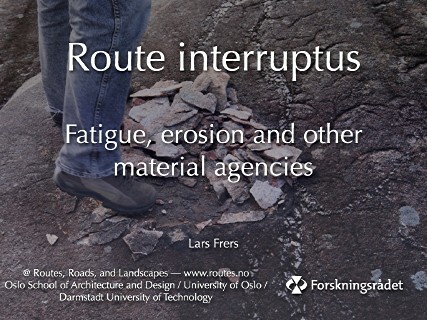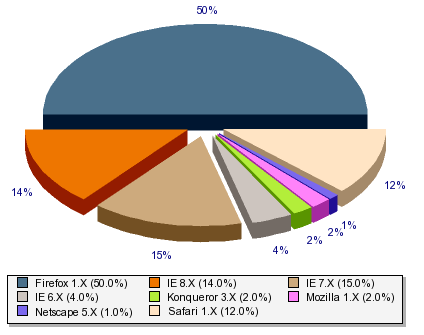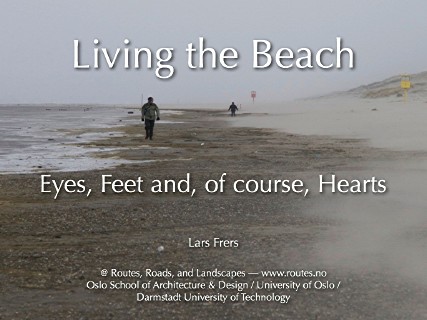 This week, I found myself in Manchester once more. I was called to port by the annual conference of the Royal Geographical Society (RGS–IBG), which might just be my favorite disciplanary organisation conference. Small enough to allow one to meet people frequently, diverse enough to collect many different approaches, and – in the fields of interest for me – open for risky submissions, non-standard formats and innovative presentations. In addition, you will usually find a session or two where people speak very openly about the difficulties of their field work – both on an intellectual but, even more important, also on an emotional level. I guess most of these kinds of sessions are convened and chaired by female researchers that are still in the first decade of their careers… hopefully this is not only an age-related thing but a generational change that continues even when people advance further in their academic standing.
This week, I found myself in Manchester once more. I was called to port by the annual conference of the Royal Geographical Society (RGS–IBG), which might just be my favorite disciplanary organisation conference. Small enough to allow one to meet people frequently, diverse enough to collect many different approaches, and – in the fields of interest for me – open for risky submissions, non-standard formats and innovative presentations. In addition, you will usually find a session or two where people speak very openly about the difficulties of their field work – both on an intellectual but, even more important, also on an emotional level. I guess most of these kinds of sessions are convened and chaired by female researchers that are still in the first decade of their careers… hopefully this is not only an age-related thing but a generational change that continues even when people advance further in their academic standing.
This is what I talked about:
Things, people, and information do not flow without resistances. In this presentation, I will delve into the bodily and material aspects of mobility, displaying how bodily fatigue and the erosion of matter intersect at rest stops along the Norwegian Tourist Route. On this route, the impressive fjord landscape is framed and presented to the travelers at several rest stops that have been artistically designed. Combining video analysis and photography with ethnographic fieldwork, the study focuses on the mundane everyday life, on the resistances as well as the attractions that guide the perception and action of those who spend some time at these places. Particular attention will also be paid to the ways in which the practices that happen at this place change the place itself – situationally but also in a slower, long-term process that will be explored by quasi-archeological investigations into the traces and the detritus that gather at these places. Thus it will be shown how material and bodily processes challenge and undermine the framed presentation of landscape – but it will also be shown that these processes bear a potential of delightful pleasures, unintended uses, and subtle reconfigurations of the socio-spatial order of these places.
As usual, I have recorded the presentation so that you can download and watch it yourself (16 minutes):
Ogg Theora movie (35.5 MB, play with VLC) | QuickTime movie (29.3 MB, play with QuickTime).
 A few months ago, the book
A few months ago, the book  Well, it is more than five years ago that I blogged about the fading away of
Well, it is more than five years ago that I blogged about the fading away of  After leaving the conference on
After leaving the conference on